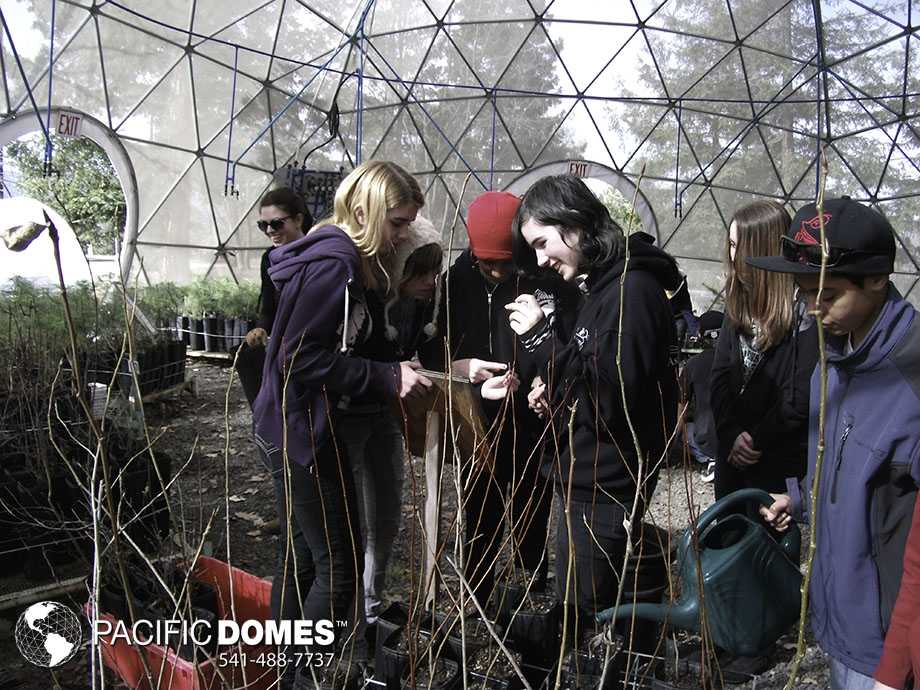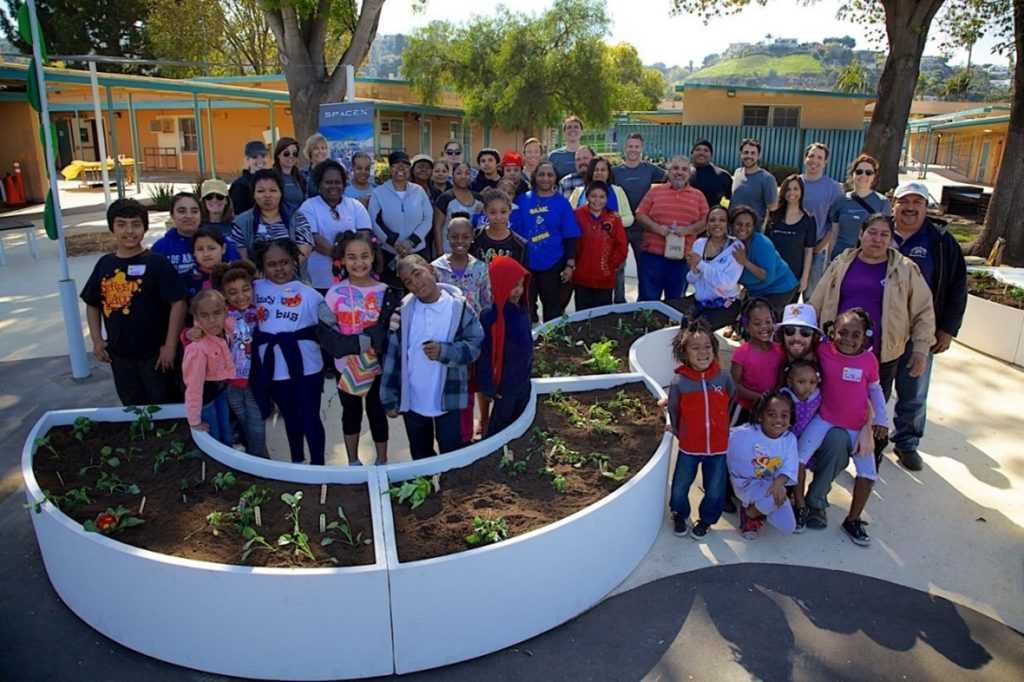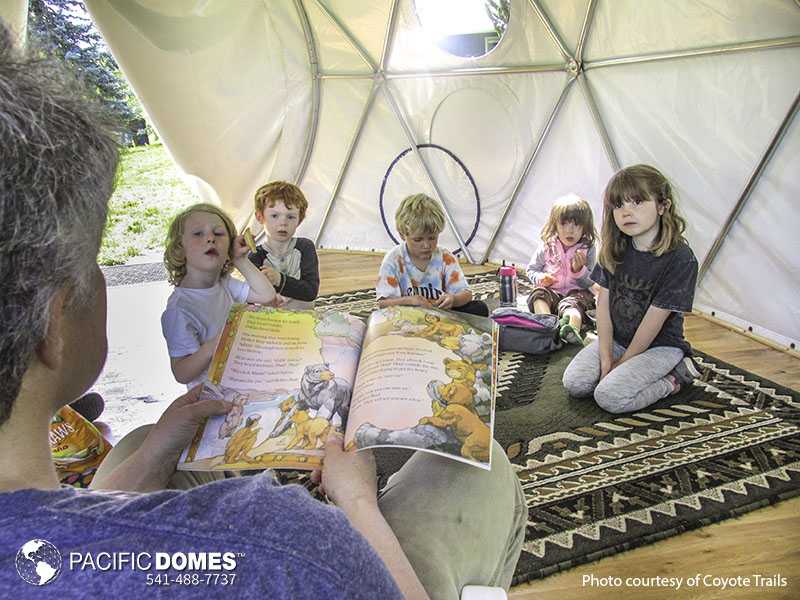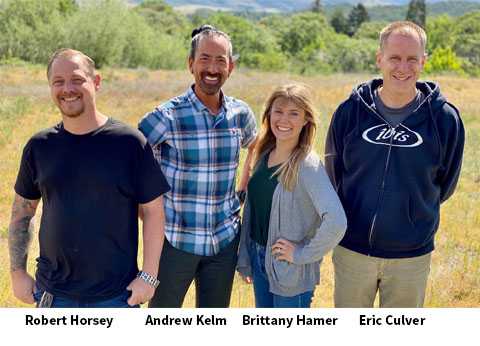“Learning Gardens contribute to healthier, happier and smarter kids” — Pacific Domes, Inc.
The latest research supports that time spent in nature improves academic performance and boosts physical and psychological health, but for parents and educators alike, persuading kids to spend time outdoors in this device-driven digital age can prove challenging. Ultimately, the trend toward increased reliance on indoor virtual learning technology leads to what has been aptly termed, nature-deficit disorder.
Oftentimes, simple solutions prove to be the best solutions. An outdoor classroom learning garden introduces simple solutions to influence young minds towards spending more time outdoors.

An outdoor classroom balances indoor classroom learning with the nature-enhanced coherence of the real world. Together we can end nature-deficit disorder – thus, encouraging children to develop their human naturalist intelligence.
A Deeper Dive into Nature Deficit Disorder
According to Richard Louv, who coined the term in his best-selling book, “Last Child in the Woods… Saving Our Children from Nature-Deficit Disorder”, the best definition came from a 4th grader in San Diego, “I like to play indoors, ‘cause that’s where all the electrical outlets are.” Richard Louv, also, coined the term “Nature Smart”, that sparked a global movement.
Here’s what this visionary author had to say…
“The future will belong to the Nature-Smart ― those individuals, families, businesses and political leaders, who develop a deeper understanding of the transformative power of the natural world; and, who balance the virtual with the real. The more high-tech we become, the more nature we need.” ― Richard Louv
The Big Green Learning Garden
Transitioning from virtual indoor classroom learning environments to outdoor classroom learning gardens requires resourcefulness on the part of educators. The Big Green Learning Garden is an example of what can be accomplished with a little bit of ingenuity.
“Our results speak for themselves —98% of teachers agree that Learning Gardens increase their students’ knowledge of healthy foods; and, 93% tell us that their students participate more in the Learning Garden, than they do in the classroom.” ― Kimbal Musk, Co-founder & CEO of Big Green

Big Green has been transforming urban schoolyards in U.S. cities since 2011. Part-playground, part-outdoor-classroom, Learning Gardens serve as spaces where students learn about the science of growing fruits, veggies and, so much more. Case in point – outdoor classrooms may be one of the most efficient and cost-effective approaches to improve test scores and support student participation, too.
Learning Gardens are customizable for the reason that each school and community is unique. Specifically designed for individual outdoor classroom schoolyards, they provide vibrant gathering places, bursting with life, while helping kids rediscover their innate connection to Nature.
The Nature Smart Learning Garden Education Dome

The American Institute of Architects calls the geodesic dome “the strongest, lightest and most efficient means of enclosing space known to man.” Nature’s perfect structure, futuristic-looking geodesic domes have heralded a new day in green-building architecture with their ability to withstand Nature’s extremes – such as, heavy snow loads, hurricane force winds, tornadoes and earthquakes.
The open floor plan and vaulted ceilings of a Nature Smart Learning Garden education dome provides a warm sunlit learning environment. Dome features and sizes have versatile uses to serve multiple outdoor classroom functions.
Uses for Learning Garden Domes
There are many innovative uses for portable, freestanding domes. Here’s just a few ways that Pacific Domes prefab domes are being used:
• Outdoor Camps & Learning Programs • Pre-Schools & Schools • Nature Centers
We’re Here to Help
If you enjoyed this post and would like more information on portable geodesic-engineered building systems for Nature Smart Education, Pacific Domes friendly and helpful Customer Support is there to discuss your needs and help you have the best experience possible.

